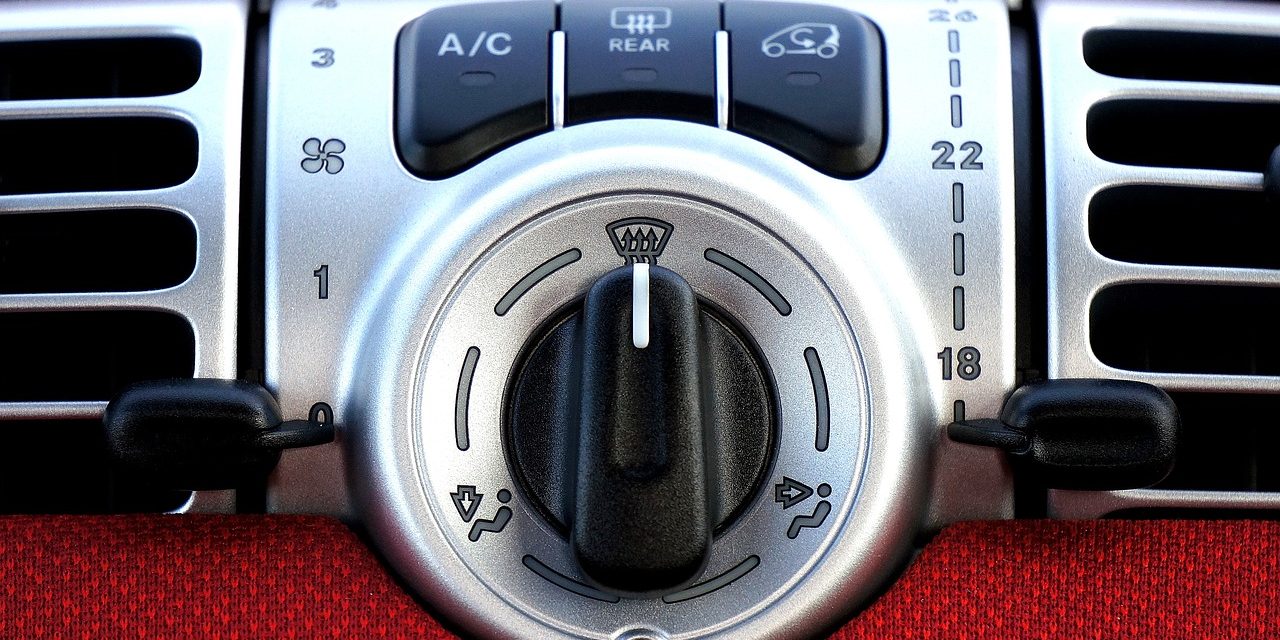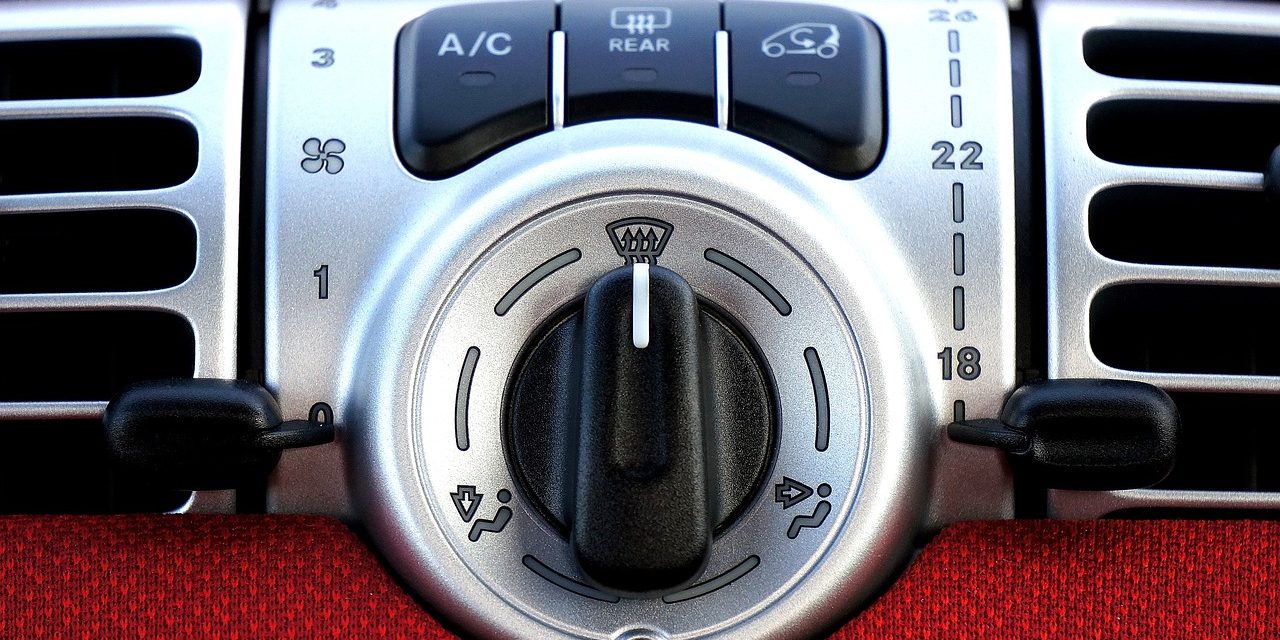What To Do When Your Car’s Air Conditioning Stops Working


When a car’s air conditioning system fails, the driving experience can suffer significantly, especially during the hot months. A functional AC system is essential for comfort and can even be considered a safety feature, as it helps to keep the driver alert and prevents the windows from fogging up. The reasons for AC problems can range from a simple blown fuse to a more complex compressor failure.
Diagnosing AC problems begins with observing common symptoms like lack of cold air or poor airflow. Once an issue is identified, addressing it promptly can prevent further damage to the system. This could involve checking the refrigerant levels, inspecting the compressor clutch, or looking for leaks in the seals and hoses. For certain issues, a professional diagnosis and repair may be the best course of action, as the air conditioning system in vehicles today is a complex network of components that require specialized knowledge and tools.
Key Takeaways
- Comfort and safety can be compromised when a car’s air conditioner fails.
- AC issues are commonly indicated by symptoms like weak airflow or absence of cold air.
- Professional service may be necessary for complex AC system repairs.
Understanding Your Car’s AC System
When your car’s air conditioning fails, identifying the problem requires basic understanding of its components and operation.
Components of the AC System
Compressor: The heart of the AC system, the compressor circulates refrigerant and is driven by the vehicle’s engine via the serpentine belt.
Condenser: Acts similarly to a radiator, expelling heat to the outside air.
Evaporator: Located inside the vehicle and responsible for cooling the air with the refrigerant.
Expansion Valve: Regulates the flow of refrigerant into the evaporator.
Refrigerant: A special fluid essential for creating cold air within the system.
Hoses: Carry the refrigerant throughout the system.
How the AC System Operates
The AC system operates by cycling refrigerant through its components. When activated, the compressor clutch engages, allowing the compressor to pressurize the refrigerant into a liquid. This high-pressure liquid is pushed through the hose lines into the condenser, where it releases heat from the car.
The cooled liquid then travels to the expansion valve, transitioning into a low-pressure mist before entering the evaporator. Here, cabin air is cooled as it passes over the evaporator’s fins. Moisture in the air condenses on the cold surface of the evaporator and is drained out of the vehicle, further aiding in the reduction of humidity inside the car.
Maintaining correct refrigerant levels is critical for efficient operation. A refrigerant leak can cause the AC to perform poorly or stop working, necessitating car care and a check of the AC components.
Common Symptoms of AC Issues
When a vehicle’s air conditioning system fails, certain indicators commonly alert the driver to the potential problem.
Lack of Cold Air
One clear sign of air conditioning issues is when the system no longer blows cold air through the vents. This could result from low refrigerant levels, leaks in the system, or a malfunctioning compressor. The car’s AC should deliver air at a significantly cooler temperature than the outside; failure to do so may indicate that the system requires diagnosis and repair.
Strange Noises
Unusual sounds emerging from the air conditioning unit can signal various issues. A failing blower motor might emit squealing, rattling, or banging sounds. Leaks in the system often result in hissing or bubbling noises, indicating low pressure and refrigerant escaping from the system.
Unpleasant Odors
The presence of foul smells emanating from the air conditioning vents can be a sign of mold or mildew growth, often due to moisture accumulation in the system’s filter or evaporator. A clogged filter can hinder airflow and cause these unpleasant odors, necessitating a quick fix to maintain air quality and comfort in the car.
Diagnosing AC Problems
When a car’s air conditioning stops functioning properly, identifying the root cause is the first step towards fixing the issue. This section will guide you through a systematic approach to diagnose common AC problems, including visual inspections, use of diagnostic tools, and assessment of the electrical system.
Visual Inspection
Begin by checking the AC compressor, which is a critical component of the system. It should engage when the AC is on. If it does not, the issue could be with the compressor itself or the refrigerant level. Refrigerant leaks are often detectable by an oily substance around AC hoses, connections, or the compressor. Visible signs of damage or leakage may pinpoint the need for repair or replacement parts. Additionally, inspect the engine bay for any obvious problems, such as damaged cooling fans or disconnected wires.
Using Diagnostic Tools
A manifold gauge set is a key tool for diagnosing problems. It measures the pressure in the AC system, which should align with the specifications for the ambient temperature. If the pressure is too high or too low, it may indicate an issue with the refrigerant charge or a blockage in the system. Introducing UV dye may reveal hard-to-find leaks by showing up under a UV light. An electronic leak detector can also help in identifying refrigerant leaks, particularly those that are not easily visible.
Assessing the Electrical System
A comprehensive check of the electric components involves ensuring the fuse and relay are functioning as they should, supplying power to the AC system. Utilize a voltmeter to test the voltage at different parts of the circuit to confirm the integrity of the power supply. Examine the pressure switch, which regulates the compressor, and the control module, which manages the system’s operation. If these components are defective, they can impede the system’s ability to cool. This assessment might uncover issues with wiring or the cycling of the AC compressor, which can be caused by electrical failures.
Repair and Maintenance
When a car’s air conditioning system fails, addressing the problem efficiently can restore comfort and prevent further issues. This section explores targeted repairs and essential upkeep for the air conditioning system.
Fixing Refrigerant Leaks
Detecting and repairing refrigerant leaks is critical. Technicians use a leak detector to locate the problem, often found at hose connections, within the condenser, or at the Schrader valves. Once identified, seals and hoses could be replaced and the system recharged with the appropriate amount of refrigerant, following precise system pressures.
Replacing Faulty Components
Key air conditioning components can fail and must be replaced. A blown fuse, a malfunctioning AC compressor clutch, or a broken belt can halt system operation. The replacement requires correct installation of new parts, such as the AC compressor, and assessment of related elements like the condenser fan and blend door actuator.
Regular AC Maintenance
To maintain optimal function:
- The cabin air filter should be replaced regularly; a clogged filter restricts airflow.
- Refrigerant pressure should be checked with hose manifolds to confirm proper operation.
- Periodically inspect for worn belts or any moisture presence, which may indicate a failing expansion valve.
- Ensure that the radiator and condenser are free of blockages to allow adequate air flow.
Professional AC Service and When to Seek Help
When your car’s air conditioning (AC) system fails, it can diminish the driving experience, especially in hot weather. Professional AC services are essential for diagnosing problems and ensuring the system operates correctly.
Choosing the Right Mechanic or Repair Shop
- Experience: Look for a mechanic with a history of successful AC repair.
- Certification: A reputable repair shop should have certified technicians.
- Reviews: High customer satisfaction indicates reliable service.
- Specialization: Some shops specialize in car air conditioning repair.
Understanding the Costs of AC Repair
- Inspection Fee: Initial diagnostics may involve a fee.
- Part Replacement: Cost varies depending on the part, such as the compressor or cycling switch.
- Service Complexity: Flushing the system and recharging the refrigerant involve labor.
- Warranty: Check if the repair includes a warranty for parts and labor.
When to DIY vs. When to Call a Professional
DIY:
- Simple issues like replacing the cabin air filter or inspecting cooling fans.
Professional:
- If the AC system doesn’t cool or makes odd noises. A mechanic should diagnose and repair.
- Electrical issues with the cycling switch require professional expertise.
- Overwhelming tasks, like compressor repair, should be left to professionals for safety and reliability.










